The Business of Dental Sleep Medicine
Experts agree that there are millions of potential cases of sleep-related breathing disorders. However, will all those potential cases lead to business gains for your bottom line?
© Robin J. Gentry/Adobe Stock
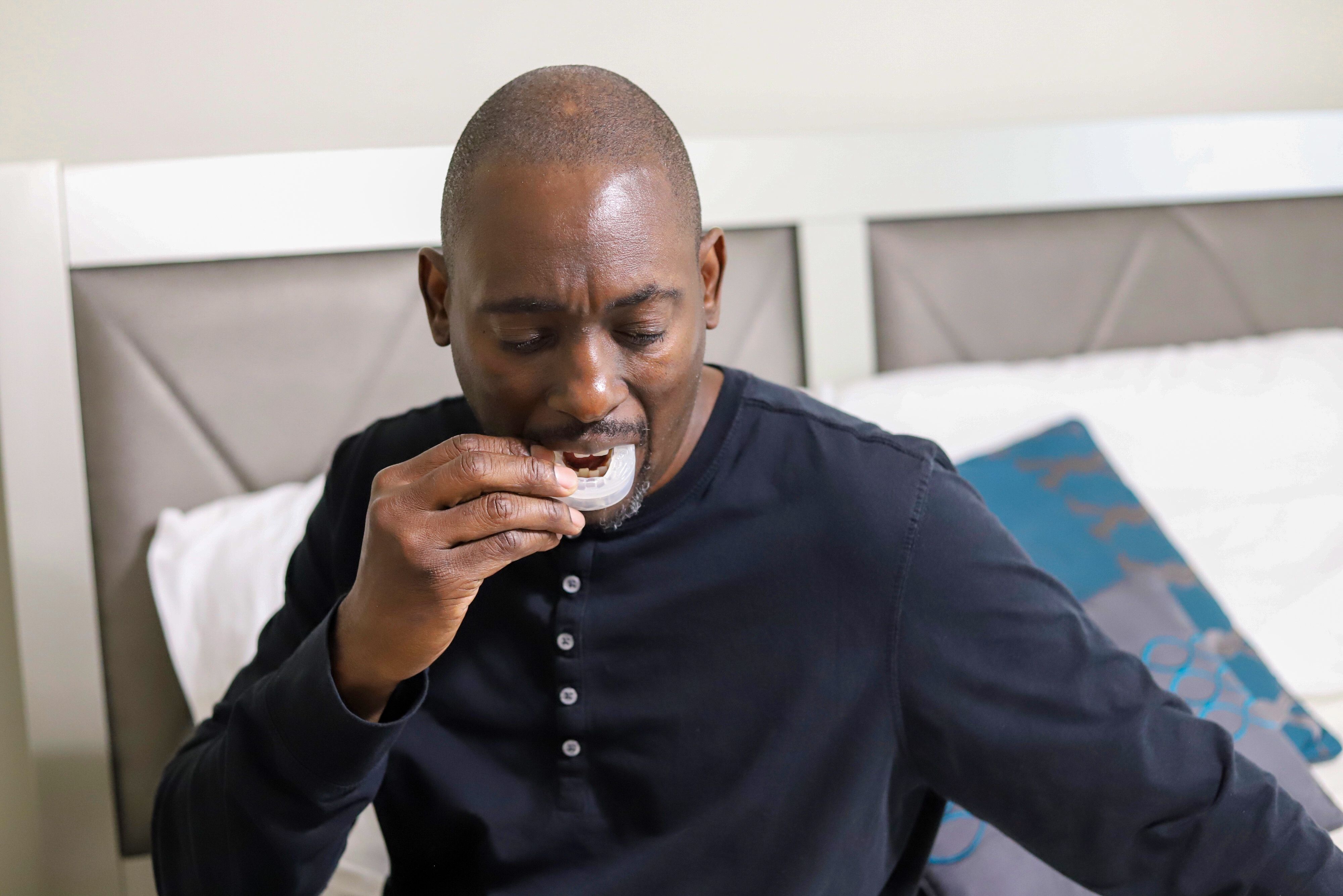
About 22 million Americans have sleep apnea, per the American Sleep Apnea Association.1 Furthermore, 80 percent of them have yet to be diagnosed and treated.1 From a business standpoint, the potential market for treating sleep-related breathing disorders (SRDBs), such as obstructive sleep apnea and snoring, is significant. Furthermore, if implemented correctly, the business of dental sleep medicine can lead to substantial revenue for your dental practice's bottom line.
"Adding this new therapy could be a huge financial benefit for dental practices and a way to reconnect with patients about something critical for the patient's health and to rebuild the revenue stream," says Alice Limkakeng, CEO of SleepArchiTx.
There are a few different best practices that successful dental sleep practices employ when it comes to dental sleep medicine. From getting the proper education to networking with the medical community to outsourcing the administrative work, dental practices that understand how to implement dental sleep into their routines realize the potential revenue-building that exists.
Sleep Medicine Best Practices
Neal Seltzer, DMD, FAGD, and Jeffrey Rein, DDS, FAGD, partners at Long Island Dental Sleep Medicine, are believers in the dental sleep movement and have laid much groundwork for increased awareness. Their practice is 50 percent general dentistry and 50 percent dental sleep. As passionate dental sleep dentists with Diplomate level credentials in three different sleep academies, the partners each have 30 years' experience treating dental sleep and are the first office in New York state to fulfill the requirements of being a “Dental Sleep Medicine Accredited Facility” by the American Academy of Dental Sleep Medicine (AADSM). Dr. Seltzer was one of the five dentists in the US chosen to be part of a select group of healthcare professionals who spoke to a congressional caucus comprised of senators, congresspeople, and government officials about the problems of undiagnosed sleep apnea as part of his efforts to raise awareness about it.
"The repercussions of undiagnosed sleep apnea are monumental and permeate all walks of life and aspects of day-to-day routines," Dr Seltzer explains about his presentation to Congress. "There were a lot of obstacles to getting people treated, and we were there to explain it."
However, Congress is not the only entity where awareness is essential. Patient awareness is critical, too. The most successful dental sleep medicine practices start with awareness, education, and communication, according to David Schwartz, DDS, president of the AADSM and a Diplomate of the American Board of Dental Sleep Medicine (ABDSM).
"Awareness begins with an open, frank discussion with the patient," Dr Schwartz says. "It also involves interaction with the patient's physician. Everything that comes after is only possible and effective if the dentist is qualified and the patients are comfortable with understanding the seriousness of the problem and the treatment the dentist can provide."
"Every patient that we treat has to come in with a diagnosis from a physician," Dr Rein explains. "It's malpractice for a dentist to be diagnosing anything related to sleep. It's not within our scope of practice. We have to work as a team member with a medical colleague."
Another critical best practice is having proper training in the science of sleep, according to Dr Schwartz. The average number of hours of sleep medicine education in dental schools is 3.92 hours, meaning that dentists must seek continuing education to be competent to treat SRBDs.2 A successful practice requires the qualified dentist to have the skillset to converse with the physician using proper nomenclature, current research, and experience to ideally communicate the treatment plan, he explains.
Practices need to be aware that they are treating medical disorders with a dental device, Dr Schwartz says. Treating patients diagnosed with obstructive sleep apnea (OSA) or snoring requires postdoctoral continuing education, training, clinical judgment, and excellent patient care, he explains. This training is essential to collaborating with patients’ medical physicians.
“Practices do not need to invest in any additional equipment to provide oral appliance therapy for sleep apnea and snoring, but they do need to invest in the appropriate education to ensure they have the competence and confidence to provide oral appliance therapy and build relationships with patients, physicians, and payers,” Dr Schwartz says.
It’s also crucial to measure the results of your treatments, Dr. Schwartz adds. This data will go a long way in networking with medical physicians.
"Dentists who track patient data, whether that be decreased symptoms, decreased AHI [Apnea-Hypopnea Index], compliance or satisfaction, can show the benefits of oral appliance therapy [OAT] to both their patients and referring physicians," Dr Schwartz says.
"We follow our patients," Dr Seltzer agrees. "We have a whole recall system. We send out reports continuously to our network organizations. It's amazing how much paper we put out in terms of letters to keep everyone in the loop. That helps market what we do, also."
ZYPPAH features a patent-pending tongue stabilization band that prevents the tongue from falling back into the throat and opens the airway during sleep.
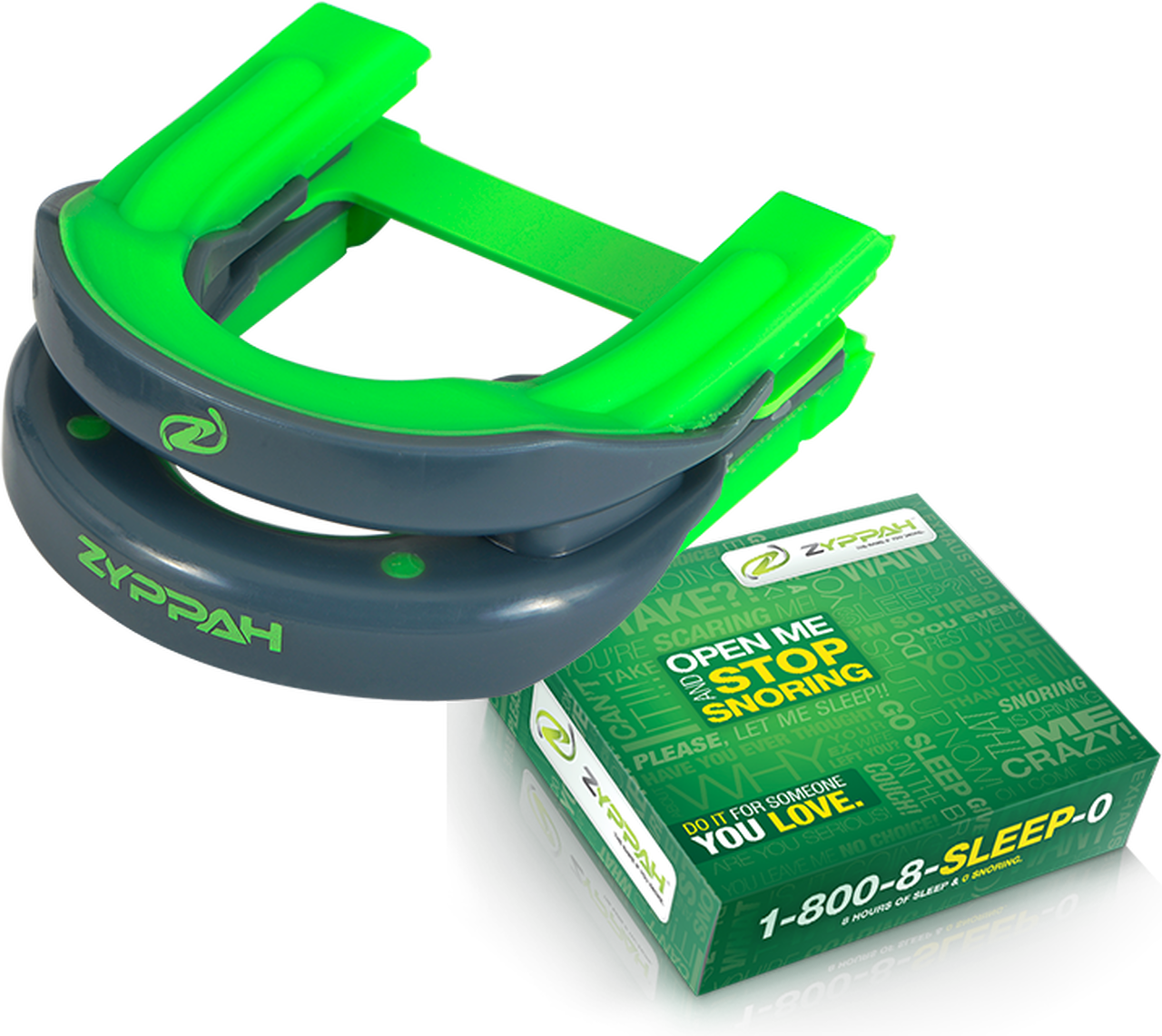
The most successful dental sleep practices share four critical characteristics, according to Jonathan Greenburg, DDS, inventor of Zyppah® and CEO and founder of Sleep Certified.
- Dentists have to take it seriously.
- They should get the team involved and trained on the process.
- Dentists should remember that they are the leaders of the practice, and if they aren't passionate about treating sleep, no one else on the team will be either.
- Dental practices should dedicate time to their sleep medicine efforts every week.
"You need all those ingredients if you're going to be successful in treating sleep," Dr Greenburg says. "We have seen the winners and the losers, and the winners are all pretty consistent."
Considering Bruxism
Bruxism, a condition patients have that often correlates with sleep apnea, presents another huge revenue stream for a dental practice, according to Brock Predovich, CEO of Bravrr. Bruxism is a $9 billion market globally and around $3 billion in the US.
However, convincing patients that they have bruxism is a problem, Predovich adds. Since it happens when they are asleep, many patients object to the diagnosis and prefer to blame the symptoms on something else. This may be due to the $400-600 price tag on the dental appliances that treat bruxism, Predovich says. Bravrr's BruxRelief is a wearable AI technology that collects data about a patient's bruxism events while they sleep and sends the data to the patient and clinician for analysis, he explains.
"People out there need help and are not aware of their bruxism because they do it unconsciously," Predovich says. "To be able to have a device that so easily allows a dental professional to gather the data and uncover more patients that need help is huge for any dental practice."
BruxRelief is a wearable AI device that collects bruxism activity while a patient sleeps and records that data in its app.
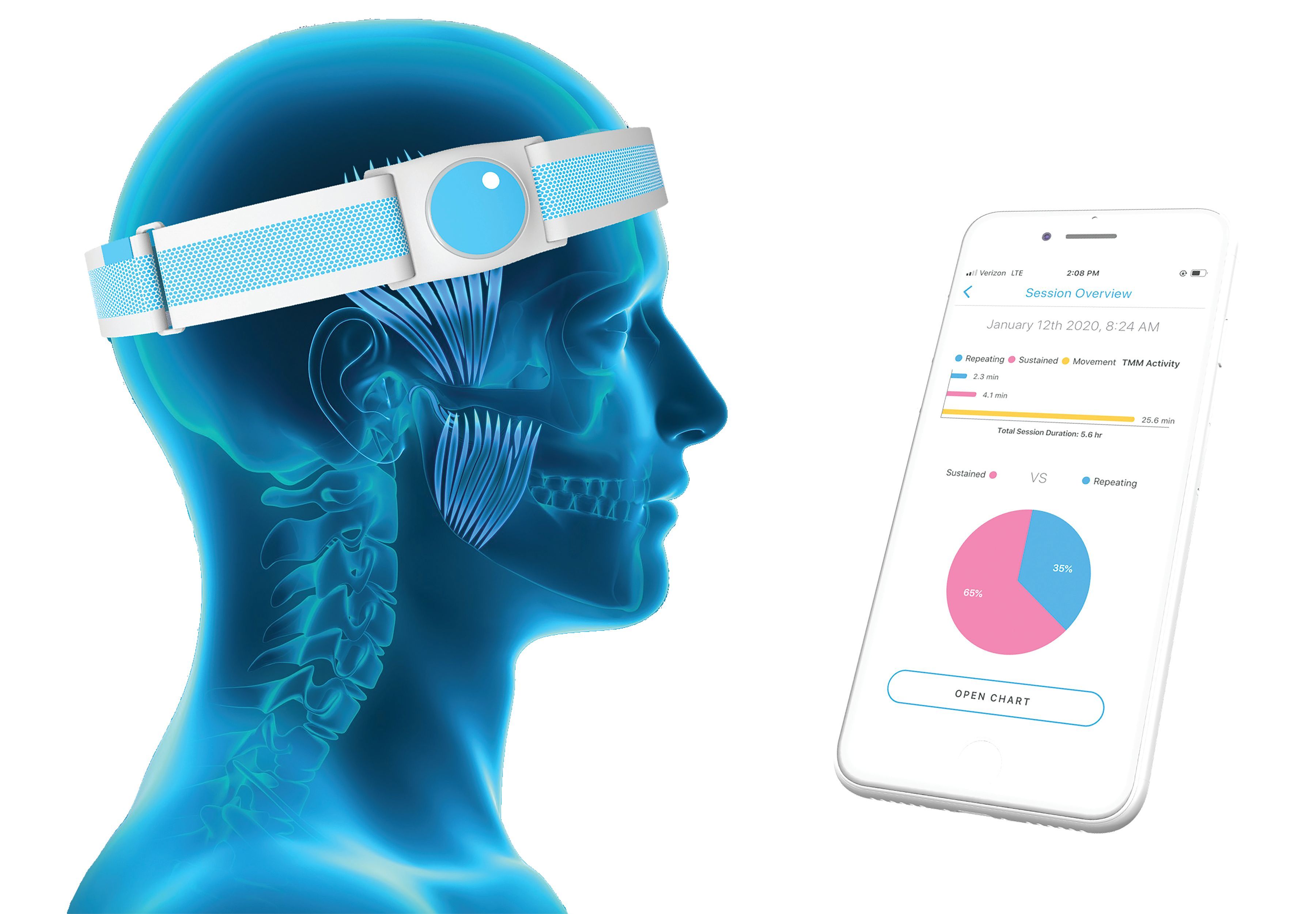
Practices don't have to wait until a patient has already damaged or broken their teeth, Predovich says. By collecting data about the patients' bruxism, they can be proactive with the patient, leading to new revenue streams for the dental practice. Moreover, the BruxRelief app data convinces the patient that they need treatment and they're ready to go to the next treatment level, Predovich says.
Norman Hicks, of Norman Hicks Consulting, has been working with Grind Guard Technologies, LLC with their newest product GrindRelief® Pro. It is in clinical evaluations at the moment, with an early 2021 release date in mind. Hicks has helped bring to market over 50 products in his dental industry career. He has learned over the years that getting the routine down in the day-to-day dental practice is essential to success. Dentists should look for the clinical indicators of sleep bruxism, ask the screening questions, and present a solution after qualifying patients with a need, he advises. GrindRelief Pro is a solution that can be delivered efficiently and economically in the same appointment as the diagnosis, he adds.
"This is a way to start having the conversation," Hicks says. "And maybe, to build their confidence making the suggestion, take continuing education first to know what they are looking for. It's a consultative thing."
Dental Sleep Business Tactics
Drs Rein and Seltzer are big believers in using the dental practice team to champion your dental sleep efforts. They trained the entire team at Long Island Dental Sleep Medicine so the staff could communicate both with the patients and the referring physicians effectively. A well-trained staff that can interact confidently with patients and give them a sense of comfort can help build your practice, Dr Seltzer says.
"Our sleep hygienists are hands-on helping to adjust appliances," he says. "So, it's a whole team effort."
By making the hygienist the lead on this education effort, you can move more patients that need help toward treatment faster, according to Predovich.
"Hygienists can do that through the questions they ask and the things they look for," he says.
"The hygienist generally spends an hour with the patient, as opposed to the dentist who just pops in," Hicks agrees. "So, we can use the hygienist as screeners or even the assistants when they are seating the patient, etc., to ask the right questions."
"The hygienist is the first one to see any potential signs of bruxism," Predovich adds. "Also, they are talking to the patient, asking questions, screening the patient. So, the dentists we are working with have handed it off to their hygienists."
Making the hygienist a champion of the sleep effort is also a force multiplier, Predovich says. There are usually more hygienists than dentists on staff, allowing the dentist to create a more significant revenue stream than they could alone.
Having an excellent relationship with their dental lab partner is essential to their dental sleep practice, too, he adds.
"If you are getting started in this, make sure you have a great quality dental lab that can handle the cases you send them and do it in a timely fashion," Predovich says.
Working with patients on cost is also critical for dental practices getting into dental sleep, according to Dr Schwartz. Participating in insurance health plans is often tricky, and dentists should understand that going in, he says. Many patients cover these services out-of-pocket.
"We are working to change this, but it is a slow, difficult road," he says.
"There are several codes for different kinds of splints," Hicks says. "It varies a little from one insurance company to the next whether they'll cover a device for that or not. But there is also an insurance code for dental pain, an “emergency palliative” insurance code for dental pain, that some dentists use because that one is a catch-all."
Successful dental sleep practices are systematic about incorporating dental sleep into the workflow, Limkakeng says. If it is only something you do here and there, it's hard to be effective, she says.
"But once they get into a rhythm and have processes and protocols, documentation and communication, a successful practice will follow," Limkakeng says.
The way that dentistry helps with sleep really comes down to helping patients breathe better as they sleep by reducing or removing obstacles in the airway, according to Jon Caulfield, DDS, who has his private practice Epic Dentistry in Littleton, Colorado. Less resistance to airflow and more intra-oral tongue space is what results in better airway function and better sleep, he explains.
The Vivos mRNA Appliance® is designed for the treatment of mild-to-moderate obstructive sleep apnea.
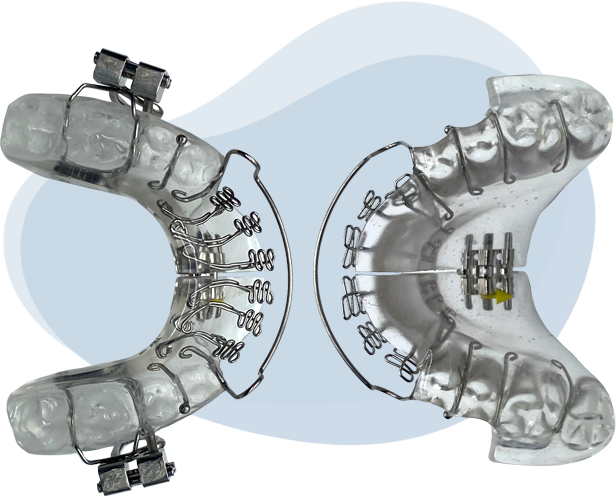
Dr Caulfield has been working with the Vivos System to address underdeveloped jaws and airways to improve the breathing and sleep of his patients. He corrects the underlying anatomical issues to both manage and resolve the issues involved with sleep apnea and sleep-disordered breathing.
“We can address the anatomy and physiology of our patients by creating more tongue space to move the tongue forward and upward, out of the airway, to create a bigger and better functioning airway,” Dr Caulfield explains.
Outsourcing Your Dental Sleep Business
Dentists need to get into a rhythm and making a consistent effort to make dental sleep medicine part of their everyday practice is essential, Limkakeng says. Moreover, they shouldn't be afraid to ask for help with implementation, she says. If dental practices implement a sleep system on their own, they need a dedicated staff member to the practice’s effort. If they choose a third-party partner, they might only need one of their existing staff to manage it for around 30 minutes a day working in coordination with the outside partner. However, she advises that the dentist or office manager should ensure that a staff member can dedicate that time every day.
"In successful practices, sleep cases are a big source of revenue and patient referrals after they get going," says Dr Payam Ataii, DMD, MBA, co-inventor of the Aligner Sleep Appliance® and Clinical Advisor to SleepArchiTx. "It's a no-brainer to have someone spending 30 minutes a day overseeing the sleep effort and working with an outside program partner to ensure that these cases get done right."
Launched in May 2020, Sleep Certified is designed to make it easy for dentists to take on sleep treatment in their practice without distracting them from their routine, according to Dr Greenburg. The program coordinates sleep testing, telehealth, and insurance billing for its member practices. Some dental practices might balk at the idea of outsourcing the entire sleep treatment effort, but Dr Greenburg says it's not like the usual specialist referral.
"This is all done via the phone, so the patient's not going anywhere. The patient is on the phone with our operator getting the sleep test done," Dr Greenburg explains.
With Sleep Certified 360, Dr Greenburg has detailed the system and process for dental practices. If a patient expresses interest in dental sleep medicine treatment, the receptionist asks if the patient wants to know if their insurance covers treatment, and he says most patients do. Then, the receptionist connects them with the Sleep Certified 360 team to do the insurance check. Sleep Certified 360 also shares where the patient is in the process with the dental practice via a dashboard.
SleepArchiTx offers a turnkey solution, including training and education, diagnostics, support, and sleep appliances.
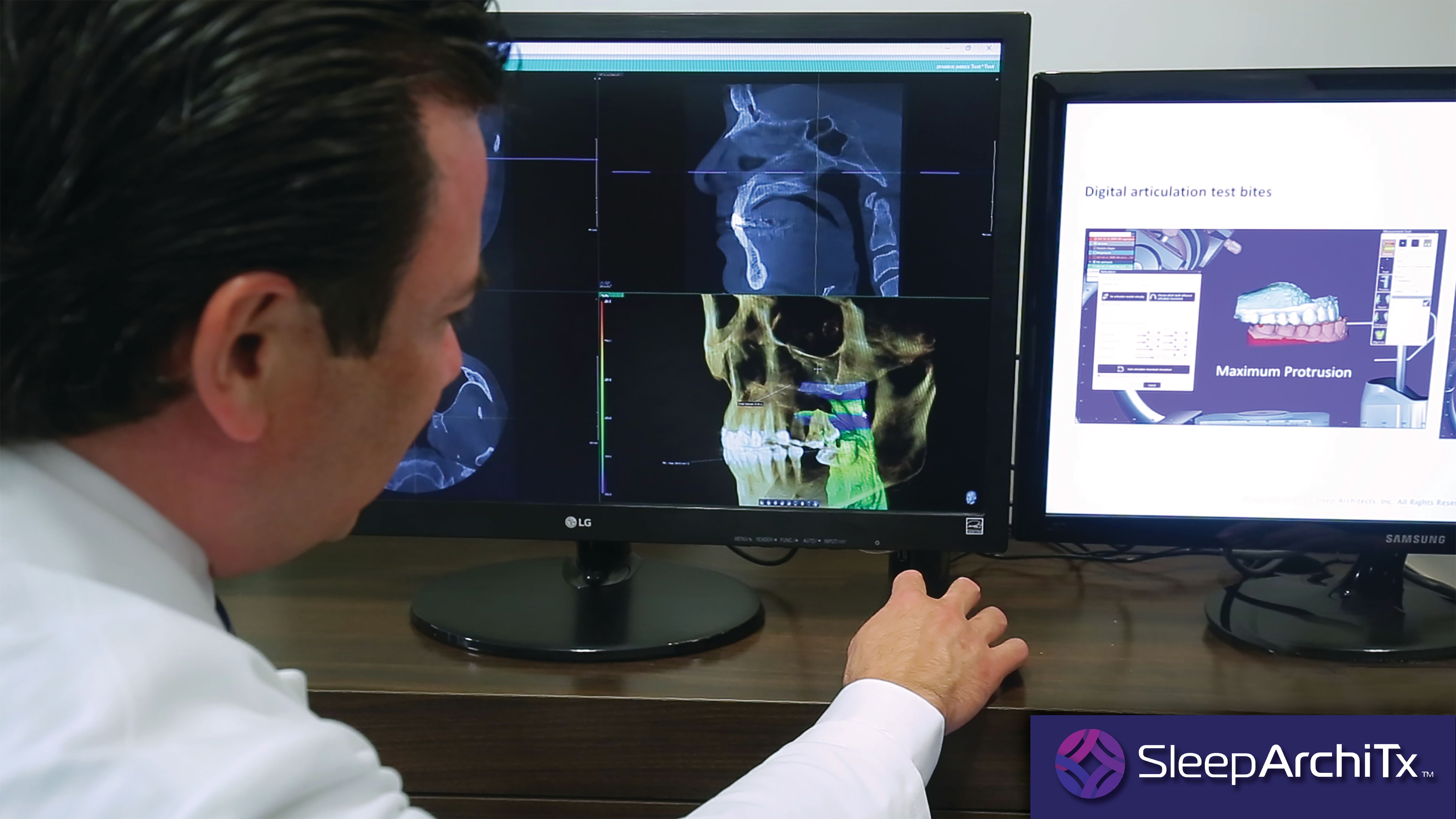
SleepArchiTx™ offers a 360° turnkey solution for practices that want to begin delivering sleep treatment. From training and education to connect with medical sleep doctors for diagnosis, sleep appliances, patient education, medical billing, and support, SleepArchiTx is designed to be an end-to-end solution for dentists to treat their patients that suffer from sleep apnea. The program also focuses on implementation, case management, and case acceptance, which are typically the most challenging aspects for practices, Limkakeng says. Every patient case is evaluated and designed by a SleepArchiTx clinical advisor to help the dental provider gain the confidence necessary to successfully identify and treat patients, she says.
Whatever path practices choose, doing dental sleep medicine in-house or outsourcing aspects to a partner, dental practices should select the option that provides an ROI quickly and treats patients right away to keep motivation high with the team, Limkakeng says.
"We often see practices that make an effort to start providing dental sleep, but gets stuck, and then they get demotivated," Limkakeng explains. "However, once practices see that they are helping patients and you see revenue come in right away, then the momentum builds on itself."
Having tried to build a sleep practice on his own, and now working with SleepArchiTx, Dr Ataii believes working with an outside program provider makes a lot of sense.
“We doctors always think we will have the time to implement a new program, but the reality is, we just don’t. Holistic programs like SleepArchiTx bring the consistent focus, resources and expertise that we need to be successful,” Dr Ataii says.
The idea that a patient only has so much discretionary income to spend on oral care is another significant concern. If the sleep treatment takes up their funds, they might not move forward with their regular oral care treatment plans. However, that the Sleep Certified system is available at no cost for the patient, Dr Greenburg says.
"We're not using the patient's discretionary income. All this is directed back to the dentist, where the dentist is going to make money. We generate income," he explains.
Generating income is a driving factor in Dr Greenburg's strategy for the product. Because of COVID-19, many dental practices are hurting. He designed Sleep Certified to allow dentists to focus on what they do best and treat them for sleep as seamlessly as possible without spending a lot of time training themselves or staff.
"They don't have time to get distracted, and they don't want to be trained in this right now. They want to do their bread and butter and try to be as efficient as possible and make as much money as they can to get back in the black again," Dr Greenburg says. "They can treat their patients at an elementary level without having to become that sleep expert."
The Bottom Line
Dental sleep medicine is an area with a lot of potential for your dental practice. Patients need it and dentists are in a unique position to make a positive contribution to their overall health by treating SRBDs. Moreover, dental sleep medicine can positively impact a practice’s bottom line. However, there are still a few things to keep in mind.
“1 in 3 people exhibit signs of behavioral problems but only about 8% of those have been diagnosed or have received treatment,” Predovich says. “So, it’s a huge untapped market.”
Dental practices wishing to get into the business of dental sleep should be aware that many people have bruxism and other SRBDs if you consider the statistics. Incorporating dental sleep medicine and treating bruxism is serving a critical need for patient care, Hicks says.
"It's not a thing we are creating. It's not a problem that doesn't exist," he says.
Regarding contribution to the bottom line, Limkakeng emphasizes the need to get help on patient education.
“You have to remember that you need patient buy-in for case acceptance. At SleepArchiTx we have realized that short, engaging patient videos that are fun but still impart crucial health information are very helpful in driving case acceptance. Doctors and staff members don’t have time to create these or consistently talk to patients, so they use our patient videos to get these messages across and drive case acceptance,” Limkakeng says.
Sleep cases can make a significant contribution to a practice’s bottom line, according to Dr Ataii, something he's seen first-hand.
“It’s not just the revenue from the sleep cases alone. The patients I treat for sleep feel the health benefit right away,” he says. “They are so happy and grateful that they refer a lot of other patients to my practice. Sleep patients are the best sources of new patient referrals.”
Dental sleep medicine is changing fast, more than any other area of dentistry, according to Dr Greenburg. Although sleep medicine has been around for over 20 years, it's hitting an era of unprecedented growth.
"As a dentist, you need to expect change and embrace it," Dr Greenburg advises.
There are many essential considerations for incorporating the business side of dental sleep. However, if there was one thing that Dr Schwartz would want dentists to remember, it is that excellent patient care leads to the best possible outcome for your dental practice.
"Dental sleep medicine is not the ‘get-rich-quick’ scheme that some promote it to be," Dr Schwartz says. "But if you focus on providing optimal care to patients and communicate effectively with patients and their physicians, you can build a successful dental sleep medicine practice."
"We are the guardians of the airway in a sense," Dr Seltzer agrees. "The mouth is part of the airway, and so we were given this ability to save lives. We could help prevent someone from having a heart attack, high blood pressure, or getting in a car accident. So, that's the greatest impact we get out of this."
"It's a huge win-win for patients and dentists," Limkakeng says. "Dentists can do the right thing and feel proud that they're providing this essential and safe clinical health outcome and health service, while also doing well financially."
References
- Sleep Apnea Information for Clinicians – Sleep Apnea. Sleepapnea.org. https://www.sleepapnea.org/learn/sleep-apnea-information-clinicians/#:~:text=A%20very%20short%20course%20on%20sleep%20apnea&text=Sleep%20disorders%2C%20including%20sleep%20apnea,severe%20obstructive%20sleep%20apnea%20undiagnosed. Accessed November 29, 2020.
- Simmons MS, Pullinger A. Education in sleep disorders in US dental schools DDS programs. Sleep Breath. 2012 Jun;16(2):383-92. doi: 10.1007/s11325-011-0507-z. Epub 2011 Apr 27. PMID: 21523492; PMCID: PMC3306848.